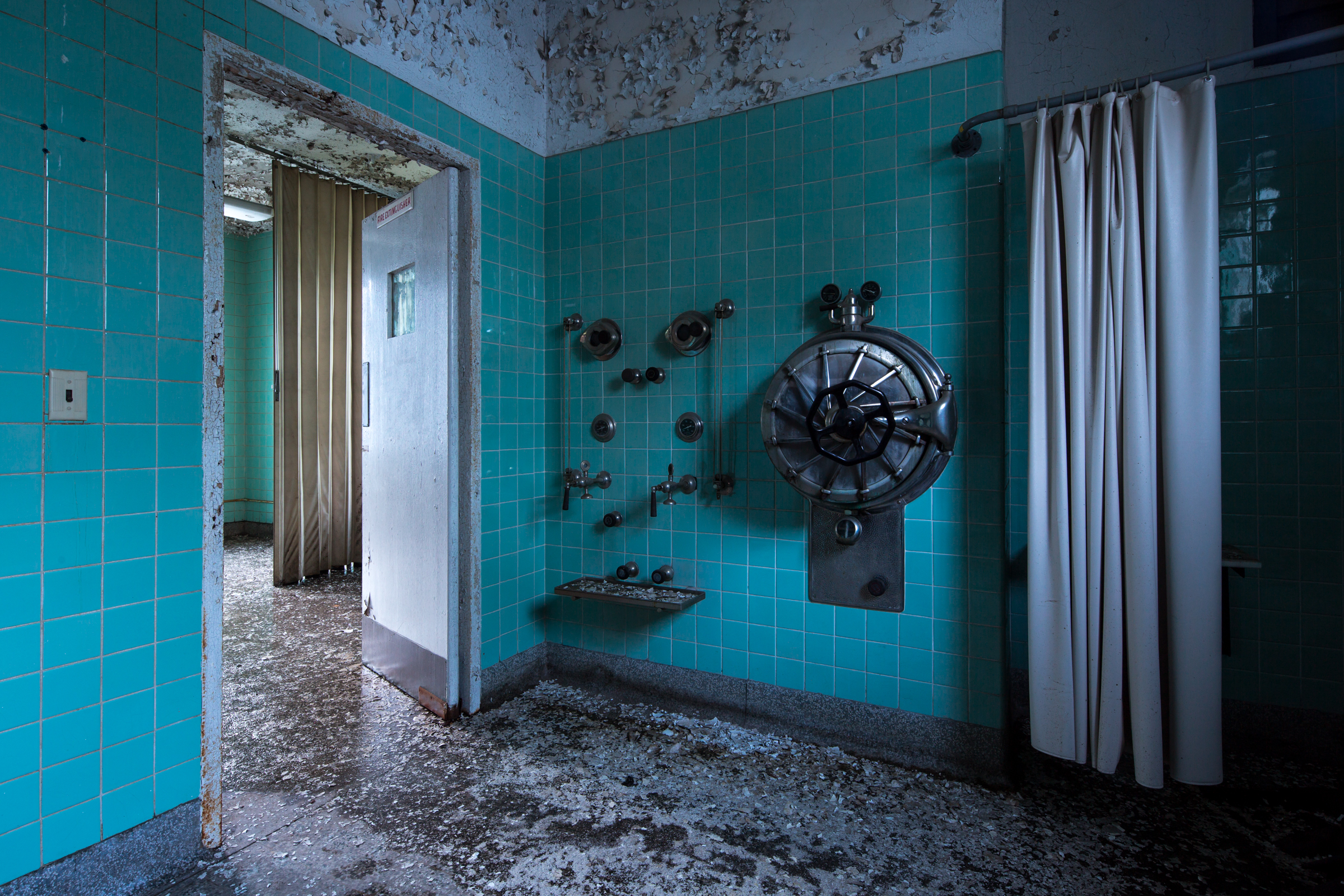Bryce Hospital, Alabama
In 1852 an act was passed requiring the State of Alabama to establish a psychiatric hospital. A parcel of land, 326 acres, was designated as the new home of the Alabama Insane Hospital in Tuscaloosa. It was to be constructed following the Kirkbride plan, which was founded as a way for the architecture of a facility to reflect the philosophy of "moral treatment" in regards to the patients.
The hospital was constructed as a three and four story building, with a central administration section and wings on each side to segregate the males (East wing) and females (West wing). Construction began in 1853, but the asylum was not opened until 1861. It was the first facility in the city with central steam heat and gas lighting. The average patient room was eight feet wide and ten feet long.
Dorothea Dix, a very significant mental health advocate, appointed the young twenty six year old Dr. Peter Bryce as Superintendent of the hospital. Bryce was an advocate of moral treatment, early intervention and non-restraint treatments. Patients were often free to participate in activities such as writing for the hospital paper and attending dances and plays in the facility entertainment hall.
In 1900, Legislature renamed the hospital "Bryce Hospital" in honor of Dr. Peter Bryce's passing in 1892.
In 1970, a national class-action lawsuit regarding a fifteen year old patient at Bryce, Wyatt vs Stickney, was fought in court. The claim was that patients admitted to the hospital were not being treated adequately. The case was later thrown out, but the bases of the lawsuit helped to create guidelines for the minimum care of the mentally ill, known as "The Wyatt Standards."
In 2010, the ground of the Bryce Hospital were purchased by the University of Alabama, but the facility operated until late in 2014. The University is working to preserve the central Kirkbride building, which was intended for the hospital's Administration, however the outer wings and most of the other buildings on the campus have been demolished.


















































